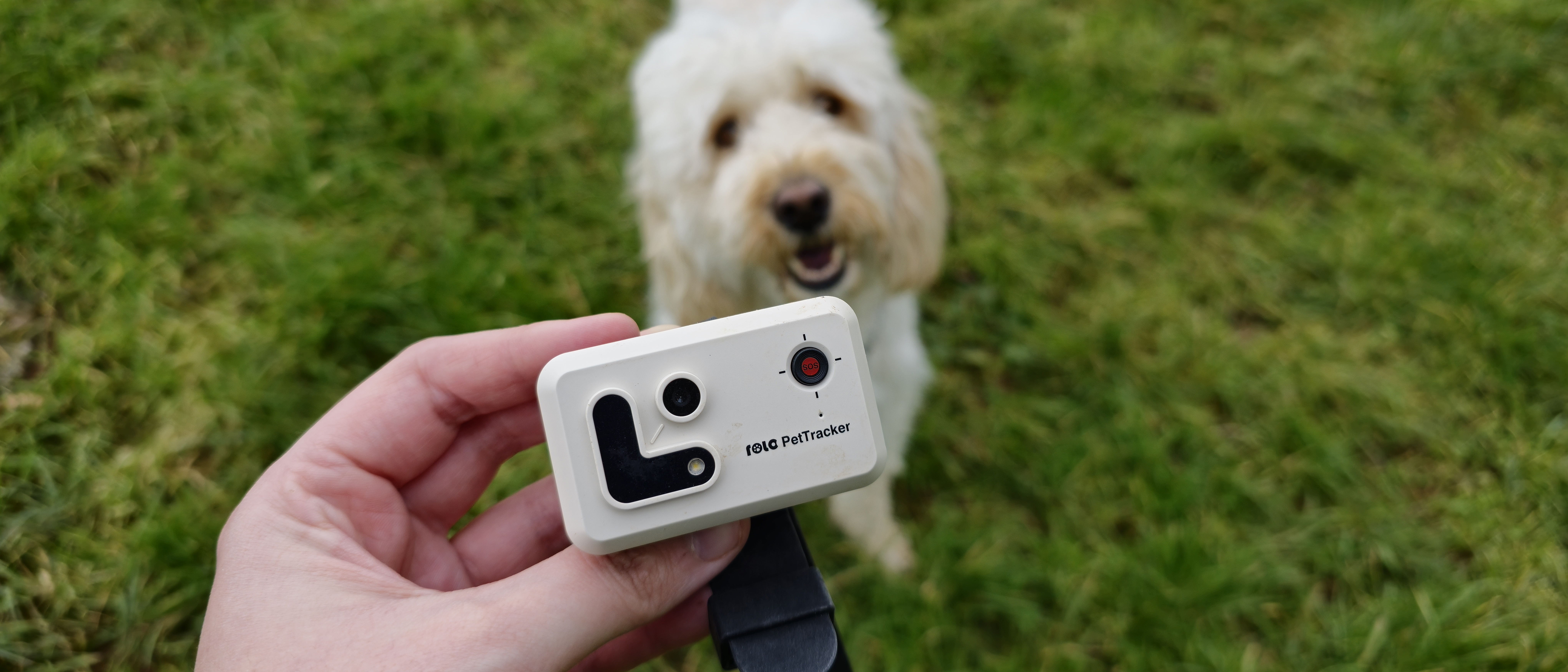Entering the Flow State with the LUMIX S5IIX
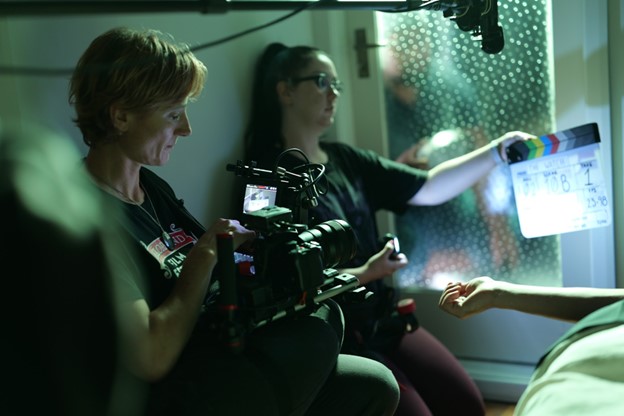
The new LUMIX S5IIX is the camera that helps you capture your flow state and fulfill your true creative potential. The elusive flow state happens when you're so focused on what you're doing that you lose track of time and everything else around you, entering a state of peak performance and creativity.
With this concept in mind, Panasonic has introduced the Flow State series, a captivating collection of short films created by talented filmmakers from around the globe. Discover how the LUMIX S5IIX can be used to produce stunning content that captures the essence of the flow state, transforming the creative visions of the artists who use it into reality.
"I feel like I'm in the flow state when I'm writing, because in my mind I feel like I'm already on set and I'm constructing shots as I write. I imagine what it's like to film everything on set and that brings me into the flow state. And in that state, I can edit the picture in my mind, I can see how it's going to be played out on screen."
Hiroki Kamada, Director of The Watch
Expressing yourself creatively can be a challenge, especially when you're short on equipment, budget, or space. The hope is that, with the aid of the S5IIX camera, artists can push themselves to take on new challenges and overcome these limitations. The ultimate goal is to empower artists to unleash their creativity and bring their visions to life.
As stated by the LUMIX marketing team while discussing the project, "we want people to take up the challenge of shooting things they’ve always wanted to, but have given up on due to the limitations of other cameras’ performance."
The following are some of the features that will help artists and filmmakers at all levels enter their own flow states and bring their creative visions to life:
- All-black design with 24.2MP full-frame sensor for stunning image quality and excellent color science
- Fast and reliable autofocus performance featuring Phase Hybrid AF
- Powerful image stabilization with Active I.S. technology
- C4K 60p/50p 4:2:2 10-bit unlimited recording and 6K 30p/25p 4:2:0 10-bit recording for professional quality video, as well as FHD 120fps HFR
- 6K Open Gate to enable flexible framing for any social media platform
- Raw video recording in ProRes RAW or Blackmagic RAW to an external recorder over HDMI
- 14+ stop V-Log/V-Gamut for high dynamic range and Dual Native ISO
- Low compression video capabilities with formats such as ProRes 422 HQ or All-Intra with USB-SSD support
- Wired/wireless IP streaming
The Watch is the first release in the Flow State project and was filmed in Wellington, New Zealand. This film follows the story of a man who seeks to mend his relationship with his father, exploring family dynamics and the challenge of reconnecting with a loved one after a long period of distance. Keep reading below to hear from the creators of this impressive film about the inspiration for the story and how the LUMIX S5IIX contributed to the realization of the artist’s vision.
Interview with Creators of The Watch
Mark Westerby (interviewer): Tell me about where the idea for The Watch came from.
Hiroki: The idea of The Watch came from me just journaling every day. And I often write what comes to my mind and try to keep a log of everything. One day, I was trying to write how I feel about my own life and my parents and things that I don't normally talk about but feel compelled to just write down because that's where I feel comfortable. It’s something that’s just between me and myself. I write something that I normally think about and out of the blue, those ideas that became The Watch started flooding into my thoughts.
And the whole film was written in less than three minutes. I wrote it and the script itself remained pretty much the same until we shot it. The only things that changed are all logistical, but the concept or the essence of the story remained the same from the very beginning.
Mark: Why did you choose Wellington as the location?
Hiroki: I was in Wellington back in 2017 for about nine months. I already knew I wanted to make films in Wellington just because I love the city so much, but I just didn’t have the opportunity. I kept dreaming about coming back eventually to shoot a film and work with people from Wellington or film people from New Zealand to make a film. Finally the opportunity came from Panasonic when they approached me about making films with the new LUMIX S5IIX camera. So I just took advantage of that opportunity to take a leap of faith and decided to travel to a country where I knew I could make a movie, but without yet knowing anybody in person who could help me make it come true.
Mark: How did the camera help you tell the story from a visual perspective?
Hiroki: I’ve always liked DSLR cameras. I had one when I was 18, and because it was very mobile, very compact, I shot many films with it. But that was all full HD APS-C so the image is cropped. Then when we got the S5IIX, that's a full frame sensor and it's shooting 4K. And if you're using Blackmagic Video Assist, we can even shoot in 5.9K. So that to me is equivalent to shooting on a cinema camera.
We looked at the footage on the bigger monitor after we wrapped and the image quality is so good. The color is stunning. The skin tone looks like a film. The shadow has great detail. All the highlights are kept so we can actually grade and have more creative control over it. The whole experience of shooting with S5IIX was that I think the camera itself made the whole filming process more accessible. Once you know what you want, you can just shoot it because it's so easy to operate, and you don't need many people to rig or many people to actually shoot with.
Mark: What are the benefits of filming and editing with BRAW?
Hiroki: The benefit of shooting in BRAW is revealed during post-production. We edited the film with DaVinci Resolve Black Magic. BRAW is their native codec for Resolve, so the playback had no issue even at 5.9K with a few nodes in the color page. Also we did not use proxy media, so digital intermediate was completely seamless when we started color grading.
While I was writing the script, I had this very specific look in mind for grading. I wanted to give the film this intense olive yellow color to reflect my protagonist’s subjective view of the world. When we started grading the film, I pushed the color a lot, but BRAW was able to keep up with the look. I was really impressed to learn how much I could play with BRAW. In the end, I am pleased with the look we have for the film.
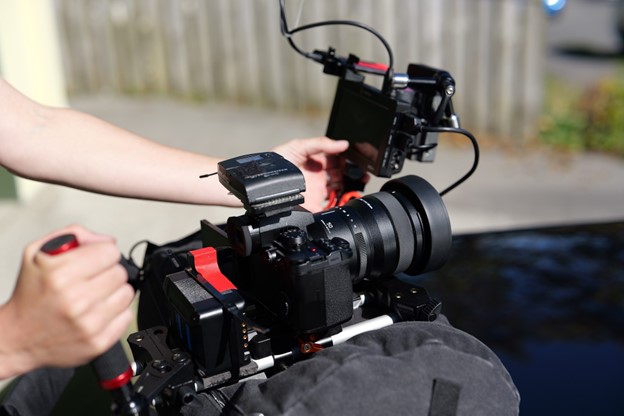
Mark: The name of this project is Flow State. Artists usually experience the state of mind when they're highly focused and they feel most creative and authentic to their inner voice. Do you often experience flow state?
Hiroki: I'm sure everybody experiences flow state when they're doing something creative, when they're writing, when they're on set, when they’re editing. Everybody has different ways to get into that same state. But for me, I feel like I'm in the zone. I feel like I'm in the flow state when I'm writing, because in my mind I feel like I'm already on set and I'm constructing shots as I write. I imagine what it's like to film everything on set and that brings me into the flow state. And in that state, I can edit the picture in my mind, I can see how it's going to be played out on screen. That’s what being in the flow state is like, at least for me.
Mark: Jess, tell me about why you became involved in the project.
Jess: I really liked the idea that it was an international collaboration with two other films happening and I liked the idea that this would be showcasing Wellington. I also had a Zoom call with Hiroki who said that he wanted to be really inclusive with the actors and give local people opportunities and I thought that was really cool. And of course I was also really keen on the challenge of trying out the new S5IIX.
Mark: What was your first impression of the camera when you got your hands on it?
Jess: Years ago I worked with a GH4, so I was kind of familiar with the Panasonic way of doing things. I've also got a Panasonic EVA1, which I love. And so yeah, I felt familiar with Panasonic. But this camera was quite different from any of those things, particularly in the autofocus, which is something that I don't normally use much. Throughout the process of making the film, I got to know the autofocus a lot better and started to understand the different settings and when to change it from continuous autofocus and the other settings.
Hiroki: The autofocus worked quite well, especially when we have the camera moving and the characters moving. And we did the shot in the old bank arcade when the character is looking up at the clock and he has his seats on the bench. And the camera continues to move around him, but the focus stays on him. And that was all auto-focus. And the image quality and the precision of the auto-focus was quite good.
Another scene (which we ultimately ended up cutting from the film) was when Louis was waking up from his nightmare and he was laying on the bed. And as he wakes up, the camera follows him as he sits up. We pushed the camera towards him to get a closer look of his facial reaction, so the camera moves a lot, but the autofocus was able to keep the subject in focus throughout the entire scene. Honestly, doing that with an actual human is probably more challenging than using the S5IIX's autofocus. I was really blessed by the quality of it.
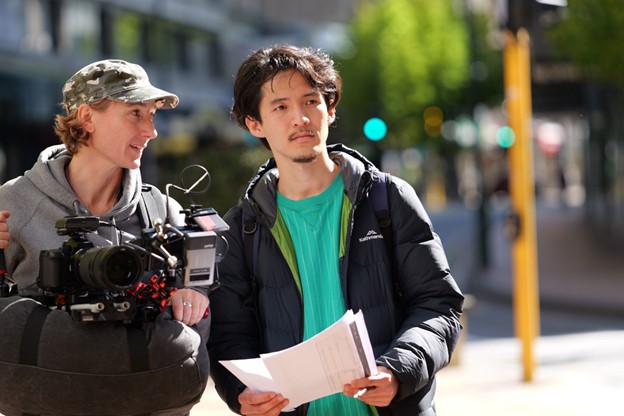
Mark: What are your thoughts on the image quality?
Jess: I was really impressed with how the image looked on the Blackmagic Video Assist. On the small camera screen it's hard to tell, but once you see it on a bigger monitor, you can see that it's a really nice image and the quality is really up there with bigger cameras.
Mark: Do you think it’s an easy camera to use?
Jess: Yeah, I think it's quite an intuitive camera to use. As a camera itself, just on its own, I really like the form factor of it. It's got a really excellent grip, where you just hold it and it just feels like it's kind of part of your… it's attached, really. You can grip it really well, so it feels like it's just part of you. I like the flip out screen, that you can flip all the way out, and that's really essential I think, for being able to get the right angles. The menu is really good, easy to work with and you've got the multiple ways of using it. You can do touch screen, you can use the touchscreen or if you're more into kind of hands-on navigation, you can use the toggle switch.
Mark: Did you have a favorite scene during the shooting of the film where you were like, "I can't wait to shoot this"?
Jess: Yeah, I really enjoyed shooting the watchmaker scene, and that was a situation where the reality of it was so much better than what I'd imagined because we're filming in this location that was this antique store that was just full of stuff everywhere. Sarah, who was the art director, just made it into this amazing set and I really enjoyed working with Jared, who I've worked with previously, and really enjoyed watching Hiroki working with Jared. It was such a great collaboration, I thought, that scene.
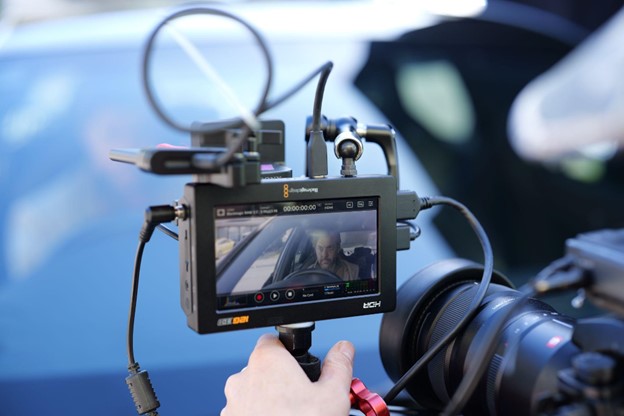
Mark: And it looks gorgeous. Was this a benefit of the full frame sensor?
Jess: The full frame sensor is excellent, obviously because it gives you a wider view so you can see more and get more out of the lenses.
Mark: What was your go-to lens for this shoot?
Jess: I really liked the LUMIX S PRO 50mm F1.4 because it had the aperture on the ring, so you could easily change the aperture without having to go onto the camera. Also, it was just a really nice lens, really nice glass, nice and heavy. It was definitely nice to use. The other lens which was really good I thought was the LUMIX S PRO 70-200mm f/2.8 O.I.S. which actually had its own stabilization, which I had the chance to get to know and get a feel for on this project.
Mark: There's one more question. What would you say to people out there who are wanting to get into filmmaking? Can you pick up a camera like this and just get into it?
Jess: Yeah. I think with a camera like this, filmmaking is really accessible. I think anyone who has a story to tell and they have a camera, they are able to do this with this camera.
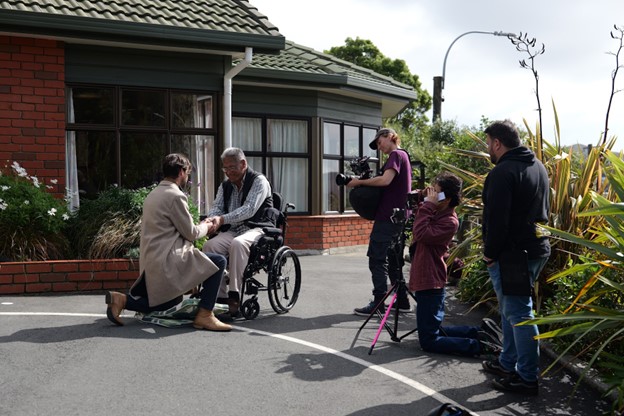
Ready to Enter Your Flow State?
The LUMIX S5IIX is designed to inspire creativity and help artists achieve their flow state. By creating the Flow State project, Panasonic has provided a platform for talented filmmakers from around the world to showcase their abilities and demonstrate how the S5IIX can be used to create stunning content.
With this camera, artists can overcome the limitations presented by other cameras and push themselves to take on new challenges, ultimately bringing their visions to life. Whether you're an aspiring filmmaker or a seasoned professional, the LUMIX S5IIX is a powerful tool that can help you unleash your creativity and take your art to the next level.
To find out more about LUMIX S5IIX, please follow these links:
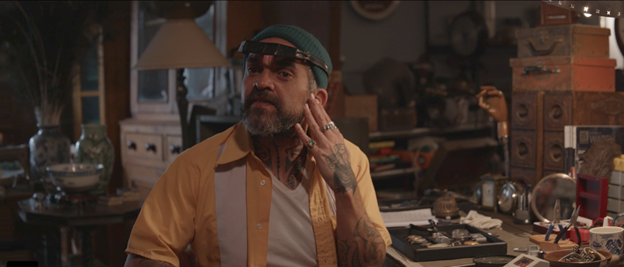
Get the Digital Camera World Newsletter
The best camera deals, reviews, product advice, and unmissable photography news, direct to your inbox!
Digital Camera World is one of the leading authorities on camera and photography news, reviews, techniques, tutorials, comparisons, deals and industry analysis. The site doesn't just specialize in cameras, but all aspects of photography, videography and imaging – including camera phones, gimbals, lenses, lighting, editing software, filters, tripods, laptops, printers, photo books, desks, binoculars and more.
Whether you're using, looking to buy or trying to get the most out of a compact camera, action camera, camera drone, cinema camera, beginner camera or professional camera, Digital Camera World has a roster of experts with combined experience of over 100 years when it comes to cameras, photography and imaging.



